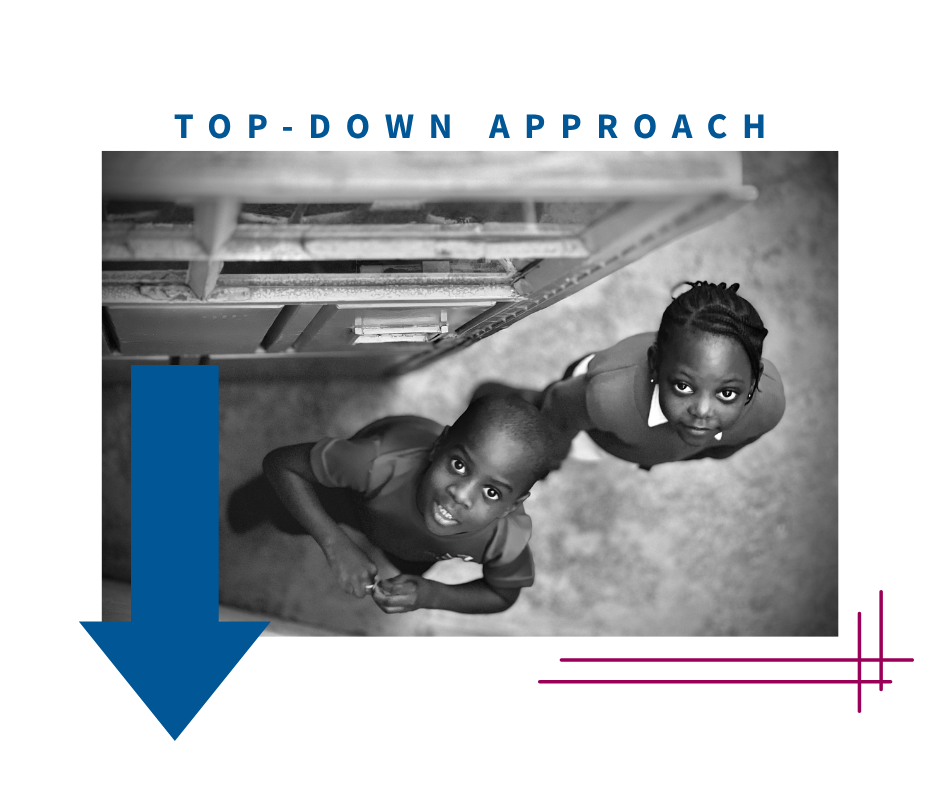

GO AND MAKE DISCIPLES
At this stage you’re ready to launch your ministry. Begin by developing action steps and goals that can be used as benchmarks to track your progress. In your planning, always be sensitive that God’s plans are not your plans.
What matters the most is not so much the final detailed plan itself as the actual process of planning. Reality will always alter your plans, but the planning process will require you to work through surprises and new realities in a way that is informed by and consistent with your ministry’s mission and vision.
Your action steps and plans should include:
- Clarify your mission, vision and values for the ministry/church plant
- What is this ministry about?
- Where are we going?
- What values are the most important?
- How will we know we got there?
- Plans for concrete ministries/programs and how to reach them
- Goals for funding and how to reach them
- Plans for discipleship of non-Christians and existing believers
- Plans for spiritual practices such as prayer, Holy Communion, Sabbath, etc.
- Goals for leadership development and how to reach them
- Next steps for mobilizing laity for ministry and shared ownership.
When it comes time to finally launching your new ministry or church plant, there are generally two approaches. You can take-the top-down or bottom-up approach. Each has strengths and weaknesses, depending on the context and gifts of the planter/ministry leader(s). Consider the approach that is best in your situation, and brainstorm ways to employ the best of both approaches in your launch strategy.

The top-down approach typically begins with a formal worship service. This works well for daughter plants where a substantial group from a mother church is present. This is the approach of the Synod’s Church Planting Simplified. The benefits of this approach include a sizeable core team to help launch the ministry even before a pastor is called to the church plant. The core team is contributing their time, talents and treasure to help launch the new church plant. There is familiarity of processes, worship, and discipleship that is carried over from the mother church. If left unbalanced, this approach carries within it the temptation to skip the learn, love and link stages and simply focus on reproducing the mother church.

In the bottom-up approach, the church planter lives in the community and begins building relationships within the community, starts a ministry needed in the community, and grows a community of people for Bible study and discipleship. Over time people gather into midsize parish groups (fifteen to sixteen people) or small groups (four to twelve people). After growing into several small groups or two or three midsize groups, the church launches a Sunday worship time. This approach works best with church planters and ministry teams who have good interpersonal, empowering, and evangelistic gifts. This approach is often needed when reaching a community of people in which a nearby mother church has no affiliation or relational connections (e.g., cross-cultural ministry, different demographics than other established churches). If left unbalanced, this approach can make it difficult to attract people who want to “see something happening.” Often the church planter feels significant financial pressure because the congregation may not be producing much income to support the work of ministry.
NEW CHURCH PLANTING
New church planting is the best way to increase the number of believers in a city, and one of the best ways to renew the whole body of Christ. The evidence for this statement is strong-Biblically, missionally, and historically. Nothing else has the consistent impact of dynamic, extensive church planting. This is not, however, to demote all the other things Christian churches are doing-church revitalization, theological education, Christian preschools, elementary schools and universities, justice and mercy, and many other kinds of ministry and mission.
FLGA Resources
The FLGA District can help you in this stage with new ministry and new church planting grants, expert coaching and mentoring, pre-built tools and additional resources (e.g., church constitution and bylaws, policies, finances, non-profit 501(c)(3), legal paperwork, leadership and staffing tools, newcomers’ gatherings, Sunday school, discipleship resources, etc.).
The FLGA District has a goal of starting 20 new churches by 2035. We desire more people to experience new life in Jesus Christ (Matthew 28:18-20).
GRANT APPLICATIONS
WAYS TO START
There are several ways to start a church. Tim Keller and J. Allen Thompson in their Church Planting Manual provide this helpful and concise chart:

Note: The Synod’s church planting process is called Church Planting Simplified. It focuses on Branching and Parenting. It is one of many approaches to start new churches.





